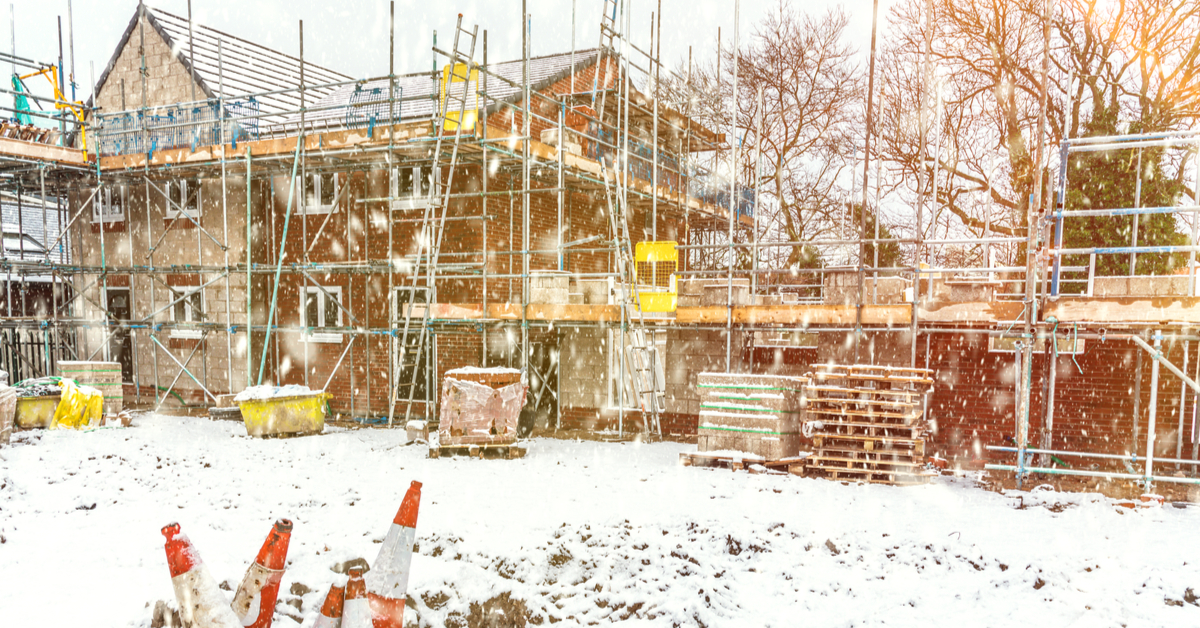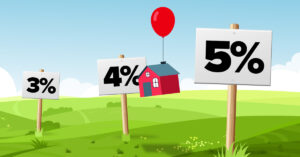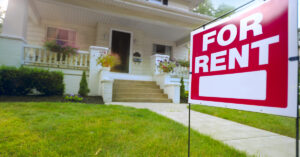The latest new residential construction data from the U.S. Census Bureau came with a surprise, revealing that housing starts sank to their slowest pace in five months during January.
At a seasonally adjusted annual pace of 1.33 million units, January’s rate of starts was down 14.8% from December and 0.7% from January 2023. The slowdown was likely propelled in large part by the frigid weather that gripped much of the country during the month, making it harder to break ground on new construction. Economists polled by Reuters had predicted a rate of 1.46 million starts, leaving January’s actual figure far short of expectations.
Both single-family and multifamily starts declined, although the month-over-month single-family backtrack of 4.7% paled in comparison to the stark 35.6% plummet in multifamily building. Multifamily starts are notoriously volatile on a month-to-month basis, but Robert Dietz, chief economist at the National Association of Home Builders (NAHB), said that the sector looks due for more of the same throughout the year.
“Multifamily construction is forecasted to post a large decline in 2024 as the number of units currently under construction is near the highest level since 1973,” Dietz said. “Meanwhile, single-family production, which is currently running at a 1-million-unit annual rate, is roughly in line with builder sentiment that remains right below a breakeven level, according to our latest surveys.”
The NAHB/Wells Fargo Housing Market Index, which tracks builder confidence in the market for new single-family homes, rose four points to a reading of 48 in February — the index’s highest level since August of last year. The stubborn shortage of listings that has held back the resale market continues to boost new home demand, and expectations of an eventual interest-rate lowering cycle are fueling optimism.
“The improvement in builder sentiment has been driven by the gradual decline in mortgage rates since the fall of last year,” said Odeta Kushi, deputy chief economist at First American Financial Corp. “Additionally, builders continue to benefit from a lack of resale inventory. They also can offer incentives, such as mortgage rate buydowns or even price cuts, to entice buyers. When there are no suitable existing homes for sale, a new home at the right price can be a good alternative.”
The NAHB forecasts a “modest” gain in single-family starts for full-year 2024, Dietz said. Thus far, that prediction is supported by early-year permitting data, with authorizations of new single-family construction at a pace of 1.02 million units in January, up 1.6% from December.





